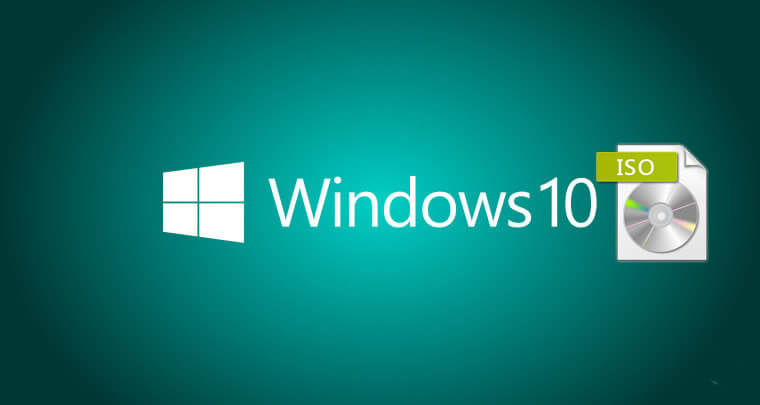

Source UDP port number which clients listens for a TFTP RRQ (Read Request) or TFTP WRQ (Write Request) will be any UDP port number above 1023.Ī Wireshark packet capture screenshot image for TFTP RRQ (Read Request) packet is copied below. When a client initiates a TFTP Read or Write Request, it sends the TFTP RRQ (Read Request) or TFTP WRQ (Write Request) to TFTP Server at port number 69. However, you can make TFTP server listen to any port while configuring it. The default UDP port on which an TFTP service/daemon runs is 69. Default is false.TFTP also has a client/server type of architecture, similar to other TCP/IP protocols. Default is false.ĭenies all the PUT operations. It has the same options as the createClient() function with the addition of:ĭenies all the GET operations. The requestListener is a function which is automatically attached to the request event.
Windows tftp client example code#
See the streams.js example or the source code of the get() and put() functions for more information. Module.createClient() : Client Documentationįor the sake of simplicity the following examples omit the error handling.
Windows tftp client example windows#
So the advice is: do NOT increment the default window size (4) in the Windows platform until this bug is solved.

This scenario can be reproduced by configuring a window bigger than 6 blocks with the default block size. Basically, when the buffer is full, all the subsequent incoming packets are dropped, so they are never consumed by Node.js. In most of the cases you can use FTP and obtain better results.Ĭurrently, in Windows there is a problem concerning the buffering of the received network packets ( #6696). Think why you need to use TFTP instead of FTP. TFTP is a bad protocol for transferring files because it adds some of features that TCP offers (ack's, retransmission, error detection, reordering, etc.) to the UDP but at the applicaction layer (slower!). It simply doesn't work because the packets are lost with an amazing ease. In local controlled scenarios, the TFTP can be used in a very few cases, but don't pretend to use it over the Internet, use FTP instead. TFTP runs over UDP, this means that the network packets could be lost before reaching the other side. Patrick Masotta (author of the Serva application and the internet draft about the windowsize option). It can be installed locally and used programmatically, but it can be also installed globally and used directly from the console as a CLI utility. The server also supports both the enhanced features and the classic lock-step RFCs. If that's not possible it simply fallbacks to the original lock-step TFTP implementation. By default the client tries to negotiate with the server the best possible configuration. This module it's perfectly integrated with Node.js, providing an streaming interface for GETting and PUTing files very easily. However, there are two de facto extensions that can boost the transfer speed and remove the size limit: the rollover and the window. Also, the transfer speed is pretty slow due to the lock-step mechanism, one acknowledgement for each packet. This limit can be incremented to 91.74MB if both machines agree to use a block size of 1468 bytes, the MTU size before IP fragmentation in Ethernet networks. Without the extensions support, the RFC says that a file bigger than 32MB cannot be transferred. It was useful in the past but nowadays it's practically an obsolete legacy protocol useful in a very few scenarios. Per se, the TFTP is a lock-step protocol built on top of UDP for transferring files between two machines.


 0 kommentar(er)
0 kommentar(er)
